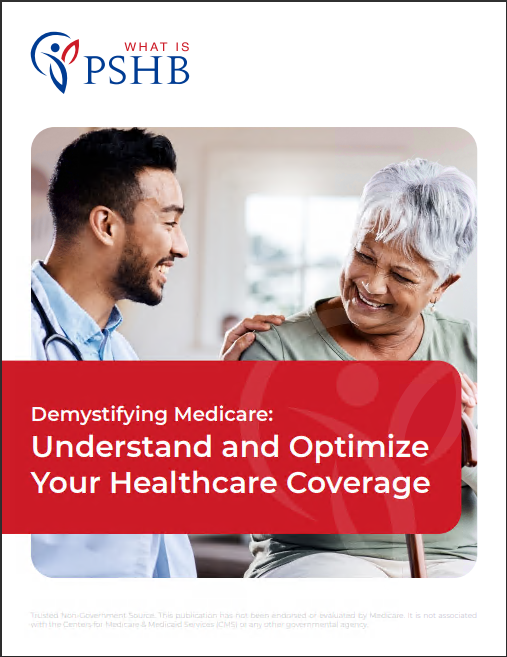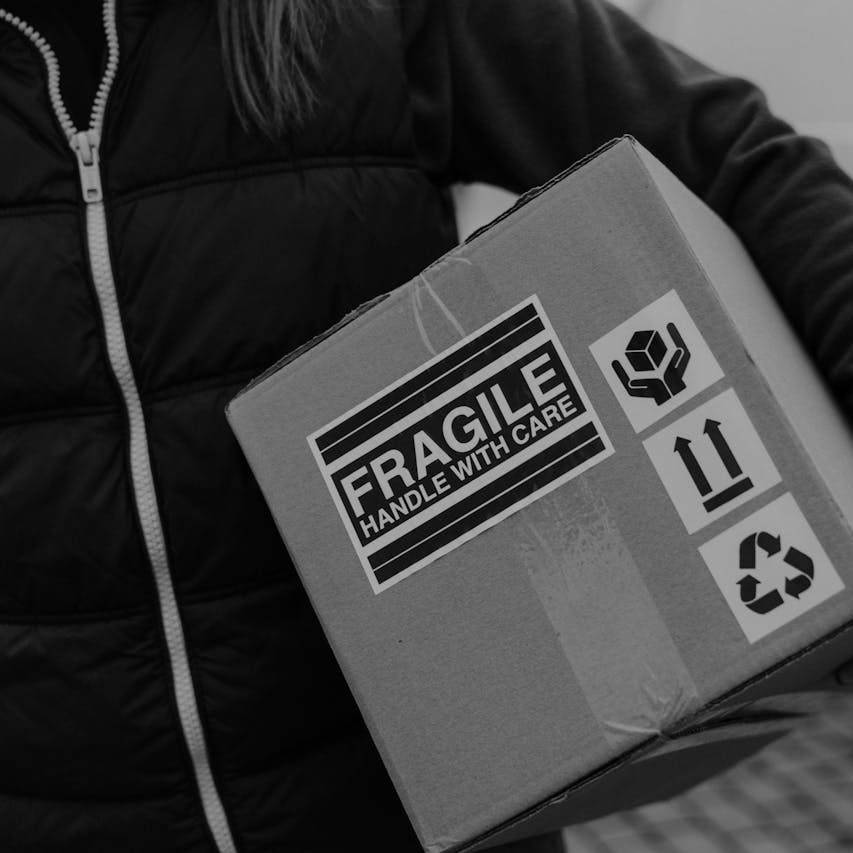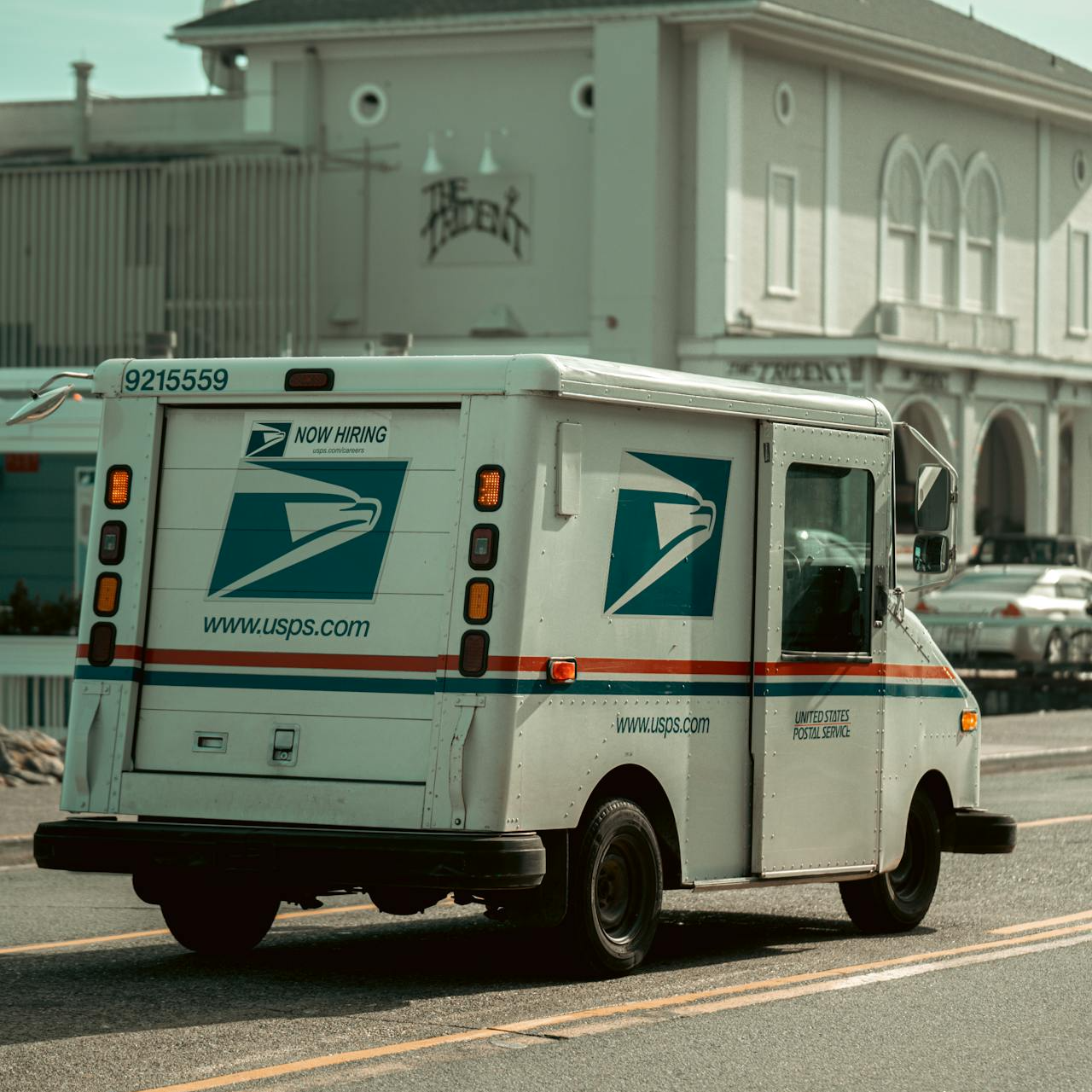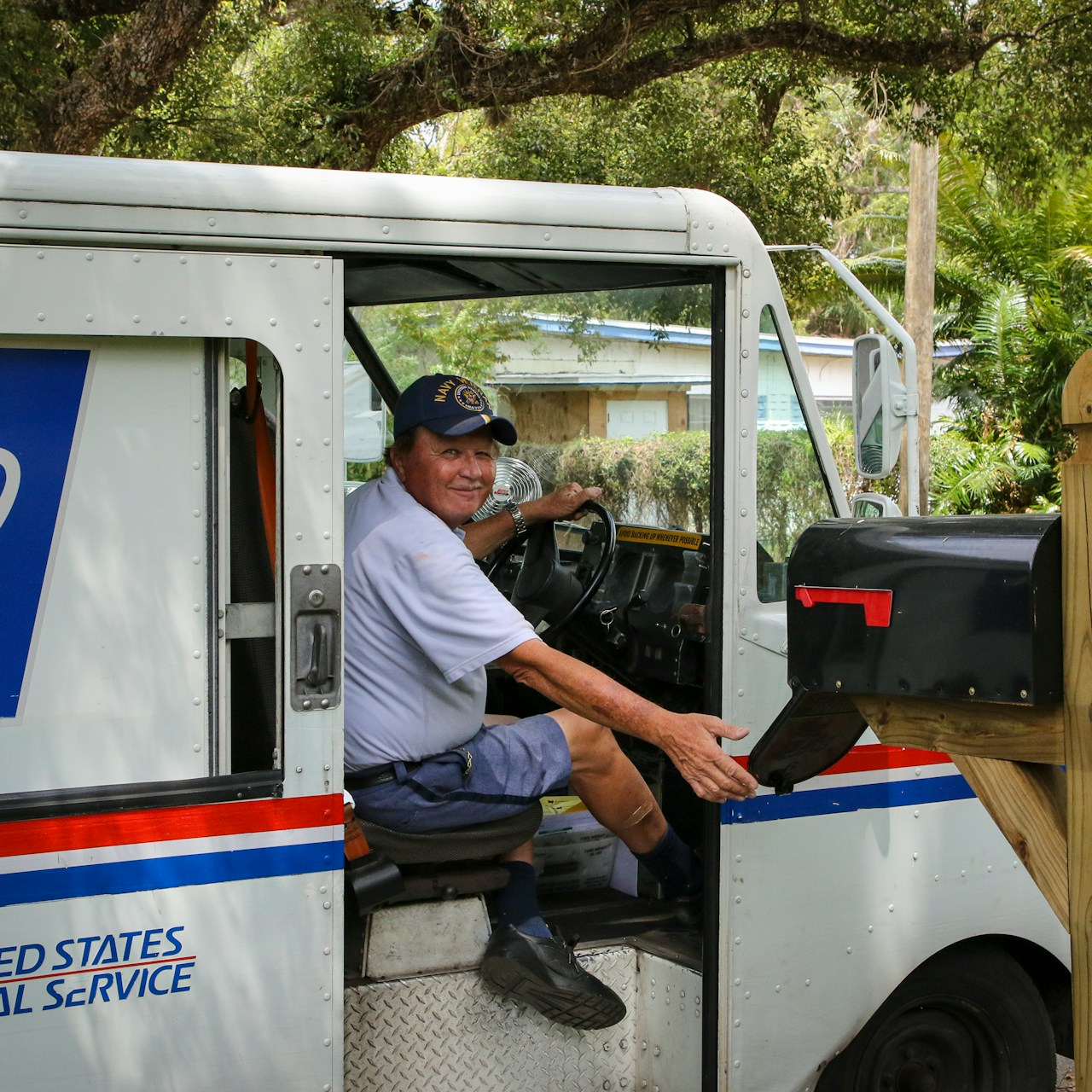Key Takeaways
-
Not everyone enrolled in the Postal Service Health Benefits (PSHB) Program in 2025 is required to enroll in Medicare Part B. Several exemption categories apply based on retirement dates, age, and other circumstances.
-
Understanding the specific exemption rules ensures you maintain your PSHB coverage without unexpected gaps or penalties.
Understanding the PSHB and Medicare Part B Relationship
Starting in 2025, the new Postal Service Health Benefits (PSHB) Program replaces the Federal Employees Health Benefits (FEHB) Program for USPS employees and annuitants. If you’re retired or nearing retirement, this transition could impact your Medicare decisions—especially regarding Part B.
Medicare Part B covers outpatient medical services, but it comes with a monthly premium. Under the PSHB Program, many Medicare-eligible annuitants and family members must be enrolled in Part B to keep full PSHB coverage. However, there are important exemptions you should be aware of.
Who Must Enroll in Medicare Part B in 2025
Before diving into who doesn’t need to enroll, here’s a quick reminder of who must enroll in Medicare Part B under the PSHB Program:
-
If you are a Postal Service annuitant and Medicare-eligible in 2025 or later, you generally must enroll in Medicare Part B to maintain PSHB coverage.
-
If you are a Medicare-eligible family member of a USPS annuitant or employee, you may also be required to enroll.
Failure to enroll can lead to reduced benefits or the loss of your prescription drug coverage through PSHB.
The Official PSHB Medicare Part B Exemption Categories
1. You Retired on or Before January 1, 2025
If you’re a USPS retiree and your retirement date was on or before January 1, 2025, you’re not required to enroll in Medicare Part B to maintain your PSHB benefits.
-
This exemption includes both voluntary and involuntary retirement.
-
Your spouse and eligible family members are also exempt if they were covered under your FEHB plan before the PSHB transition.
2. You Are an Active USPS Employee Who Was Age 64+ as of January 1, 2025
If you’re still working for USPS and were already 64 or older on January 1, 2025, you’re exempt from the mandatory Medicare Part B enrollment when you retire.
-
This age-based exemption only applies if you maintain continuous coverage under PSHB.
-
Once retired, you can still enroll in Part B voluntarily to receive enhanced benefits, but it won’t be required.
3. You or a Family Member Live Abroad Permanently
If you or your covered family member reside permanently outside the United States, you’re not required to enroll in Medicare Part B for PSHB coverage.
-
Medicare Part B does not provide coverage outside the U.S., making it impractical for overseas residents.
-
You will still be eligible to use your PSHB plan benefits as they apply internationally, depending on your specific plan.
4. You Receive Coverage from the Indian Health Service or VA
If you or your eligible family member receive care through the Indian Health Service (IHS) or the Department of Veterans Affairs (VA), you may qualify for a Part B exemption.
-
The exemption applies if you rely on these services as your primary source of care.
-
You must maintain eligibility for IHS or VA services to remain exempt from the Part B requirement.
5. Special Circumstances Reviewed by OPM
The U.S. Office of Personnel Management (OPM) can review and approve additional exemptions under special circumstances on a case-by-case basis.
-
This could include specific health, financial, or legal hardships.
-
OPM decisions are final, and you’ll be required to provide documentation.
What Happens If You Are Exempt?
Being exempt from enrolling in Medicare Part B means:
-
You can still keep your PSHB coverage without interruption.
-
You won’t face penalties or lose access to your PSHB prescription drug plan.
-
You don’t need to opt in to the Medicare Part D Employer Group Waiver Plan (EGWP) unless you enroll in Part B.
However, you also won’t receive the enhanced benefits that often come with having both PSHB and Medicare Part B, such as:
-
Lower copayments
-
Reduced or waived deductibles
-
Broader provider access
What If You Change Your Mind Later?
If you’re exempt and choose not to enroll in Medicare Part B now but decide to enroll later, there are a few things to consider:
-
You may have to wait until the General Enrollment Period (January 1 to March 31), and your coverage won’t begin until July 1 of that year.
-
You could face late enrollment penalties from Medicare if you don’t qualify for a Special Enrollment Period (SEP).
-
Your PSHB plan may enhance your coverage once you’re enrolled in both PSHB and Part B.
How the EGWP Prescription Drug Coverage Fits In
All Medicare-eligible PSHB enrollees are automatically enrolled in an Employer Group Waiver Plan (EGWP) for prescription drugs if they have Medicare Part B.
-
If you’re exempt from Part B and don’t enroll, you won’t be placed in the EGWP.
-
This means your drug coverage will follow your plan’s standard PSHB formulary without the added Medicare coordination.
-
You cannot opt into the EGWP separately from Part B.
Keeping Track of Enrollment Periods
It’s critical to understand the enrollment periods, especially if you’re approaching retirement or turning 65:
-
Initial Enrollment Period (IEP): Begins 3 months before the month you turn 65 and ends 3 months after.
-
General Enrollment Period (GEP): Runs annually from January 1 to March 31.
-
Special Enrollment Period (SEP): Triggered by loss of employer coverage or other qualifying events.
Exempt retirees and employees don’t need to worry about these unless they plan to enroll in Part B voluntarily.
Tips for USPS Employees and Retirees
-
Review your retirement date and age status as of January 1, 2025 to determine exemption.
-
Evaluate your location—especially if you live overseas.
-
If you use the VA or Indian Health Service, confirm continued eligibility.
-
If you think you may qualify under special circumstances, contact OPM as early as possible.
Don’t Assume—Verify Your Status
Even if you believe you qualify for an exemption, you should verify your status:
-
Log into KeepingPosted.org (for retirees) or LiteBlue (for current employees).
-
Review official communications from USPS or OPM.
-
Consider speaking with a licensed agent to confirm how the rules apply to you.
Misunderstanding the Part B requirement could lead to loss of coverage or unexpected healthcare costs.
Staying Informed in 2025 and Beyond
The implementation of PSHB in 2025 is one of the most significant changes in USPS retiree health benefits. Exemption rules are clear, but your personal circumstances matter.
Expect more communications and reminders as the year progresses, especially during:
-
Open Season (held every November to December)
-
Medicare General Enrollment (January through March)
Staying proactive and informed is your best defense against benefit disruptions.
Know Where You Stand Before Making Any Moves
If you’re unsure about your exemption status, it’s worth reviewing the PSHB guidelines carefully. Whether you qualify due to your retirement date, age, location, or special coverage, knowing the facts can help you avoid unnecessary costs and maintain your health benefits.
For peace of mind and clarity on what steps to take, get in touch with a licensed agent listed on this website for professional advice tailored to your situation.












